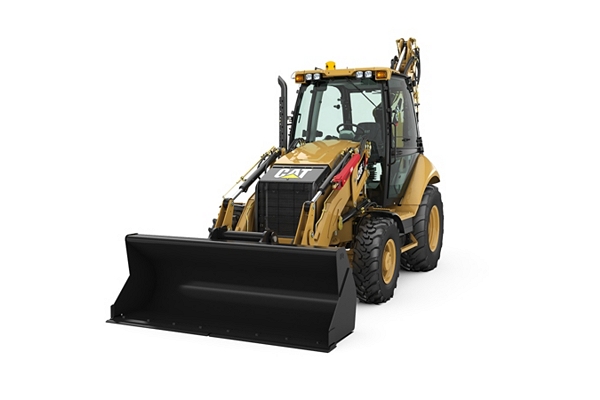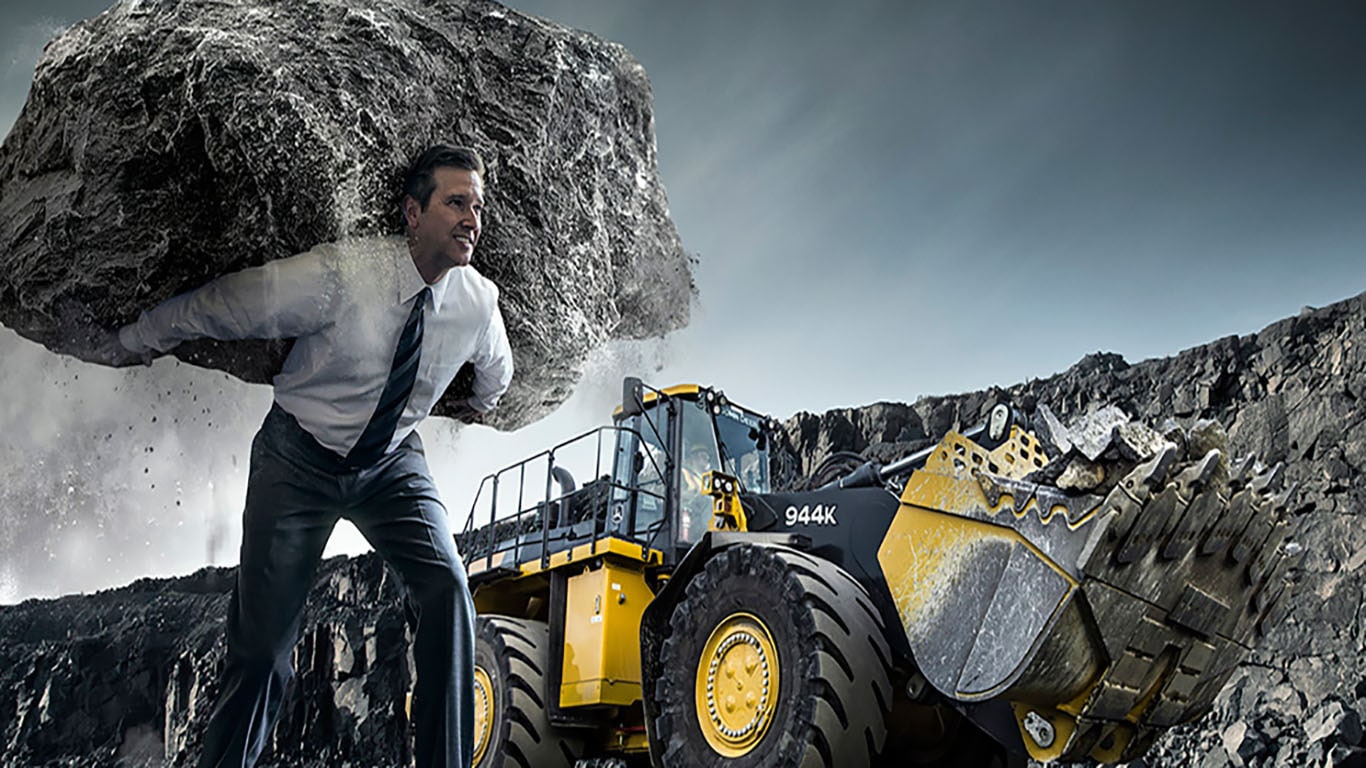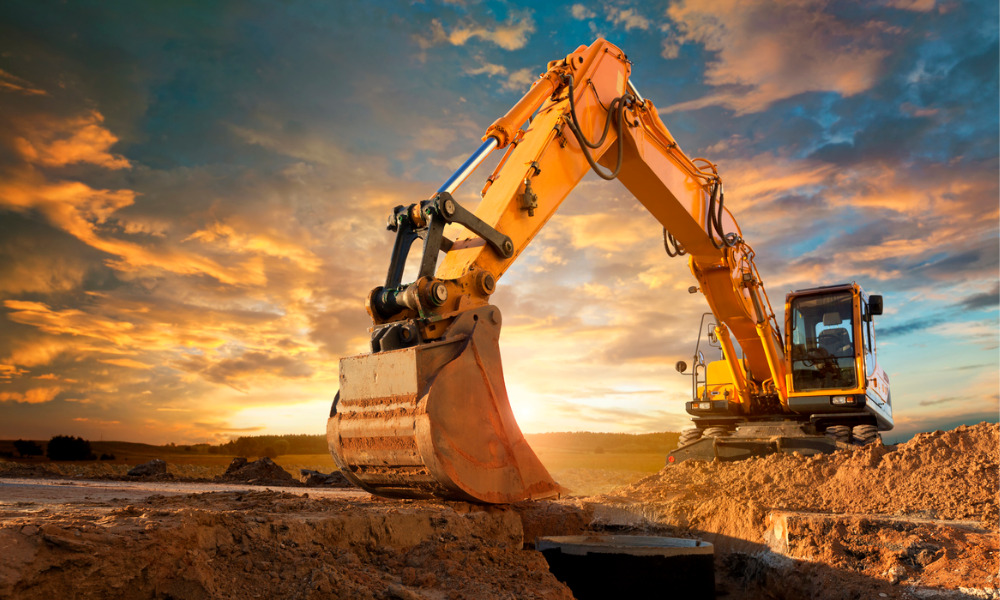Boom Lift Rental: Reach New Levels Securely
Boom Lift Rental: Reach New Levels Securely
Blog Article
Renting Vs. Buying Building Equipment: Making the Right Choice for Your Job
When embarking on a construction project, one of the essential choices that predict stakeholders and managers face is whether to rent or buy building and construction tools. The decision hinges on various aspects such as price considerations, task duration, devices upkeep, risk, flexibility, and scalability management.
Price Factors To Consider
When reviewing the monetary facet of leasing versus getting building devices, the long-term expenditures and upfront prices need to be meticulously considered. Renting out tools often calls for reduced first settlements compared to acquiring, making it an eye-catching option for temporary tasks or service providers with budget restraints. Renting out gets rid of the requirement for huge capital expenses and lowers the economic risk linked with tools possession, such as upkeep and devaluation prices. Nevertheless, over time, continuously renting equipment can collect greater costs than buying, especially for extended projects.
On the other hand, acquiring building and construction tools entails greater in advance prices yet can result in long-term cost savings, especially for long-term tasks or frequent customers. Ultimately, the decision between buying and leasing construction tools hinges on the task's duration, frequency of use, budget plan considerations, and long-term economic goals.
Project Period

On the other hand, for lasting jobs or ongoing construction job, buying devices can be the much more cost-effective choice. Acquiring devices can cause set you back financial savings in the future, specifically if the devices will be frequently made use of. Additionally, owning equipment gives a feeling of control over its availability and permits for customization to fit certain task demands.

Devices Maintenance
Provided the vital role project period plays in establishing the most affordable method between renting out and getting construction tools, the focus currently changes towards checking out the essential element of tools maintenance. On the other hand, having equipment requires a positive strategy to maintenance to protect against malfunctions, make sure safety and security, and prolong the equipment's life-span. Eventually, a well-maintained building equipment fleet, whether leased or had, is necessary for the reliable and successful completion of building and construction projects.
Flexibility and Scalability
In the world of construction equipment management, the aspect of versatility and scalability holds substantial value for project performance and resource use. Opting to rent construction equipment provides a high level of adaptability as it allows for the fast adjustment of tools kinds and quantities based on the advancing requirements of a job.
Leasing building equipment uses the advantage of conveniently scaling procedures up or down as project needs rise and fall. Service providers can swiftly include or trade devices to match the project's altering needs without the restrictions of owning properties that may become underutilized or obsolete.
Danger Monitoring
Effective danger administration in building equipment procedures is paramount to making sure project success and mitigating prospective economic losses. Building projects inherently entail numerous threats, such as equipment malfunctions, crashes, and project delays, which can substantially influence the task timeline and budget. By very carefully taking into consideration the risks linked with owning or renting out construction devices, project managers can make enlightened decisions to reduce these possible risks.
Renting building equipment can use a level of risk mitigation by moving the obligation of maintenance and fixings to the rental firm. This can lower the economic worry on the job owner in situation of unexpected tools failures (mini excavator rental). Additionally, leasing provides the versatility to accessibility customized devices for certain job stages, reducing the risk of possessing underutilized equipment
On the other hand, possessing construction tools gives a feeling of control over its usage and upkeep. Nevertheless, this also implies birthing the complete responsibility for repair work, maintenance costs, and depreciation, enhancing the economic dangers connected with equipment possession. Careful risk assessment and factor to consider of variables such as project duration, tools usage, and maintenance requirements are crucial in identifying one of the most ideal choice for efficient threat management in construction projects.
Conclusion
To conclude, when making a decision in between acquiring and renting construction devices, it is crucial to take into consideration price, project duration, tools upkeep, danger, scalability, and adaptability administration. Each variable plays an important role in identifying one of the most appropriate heavy equipment rental alternative for the task available. By carefully evaluating these elements, project managers can make an informed decision that straightens with their budget plan, timeline, and total task goals.

Report this page